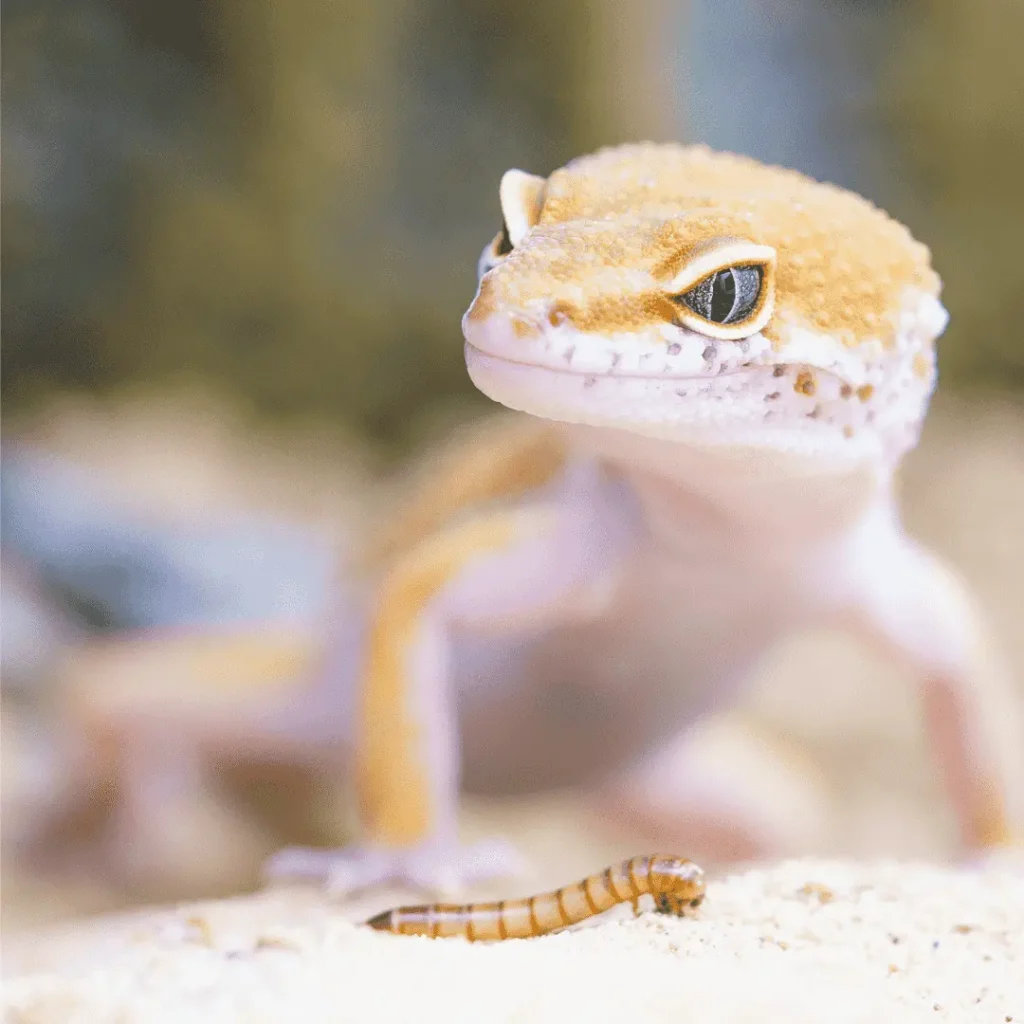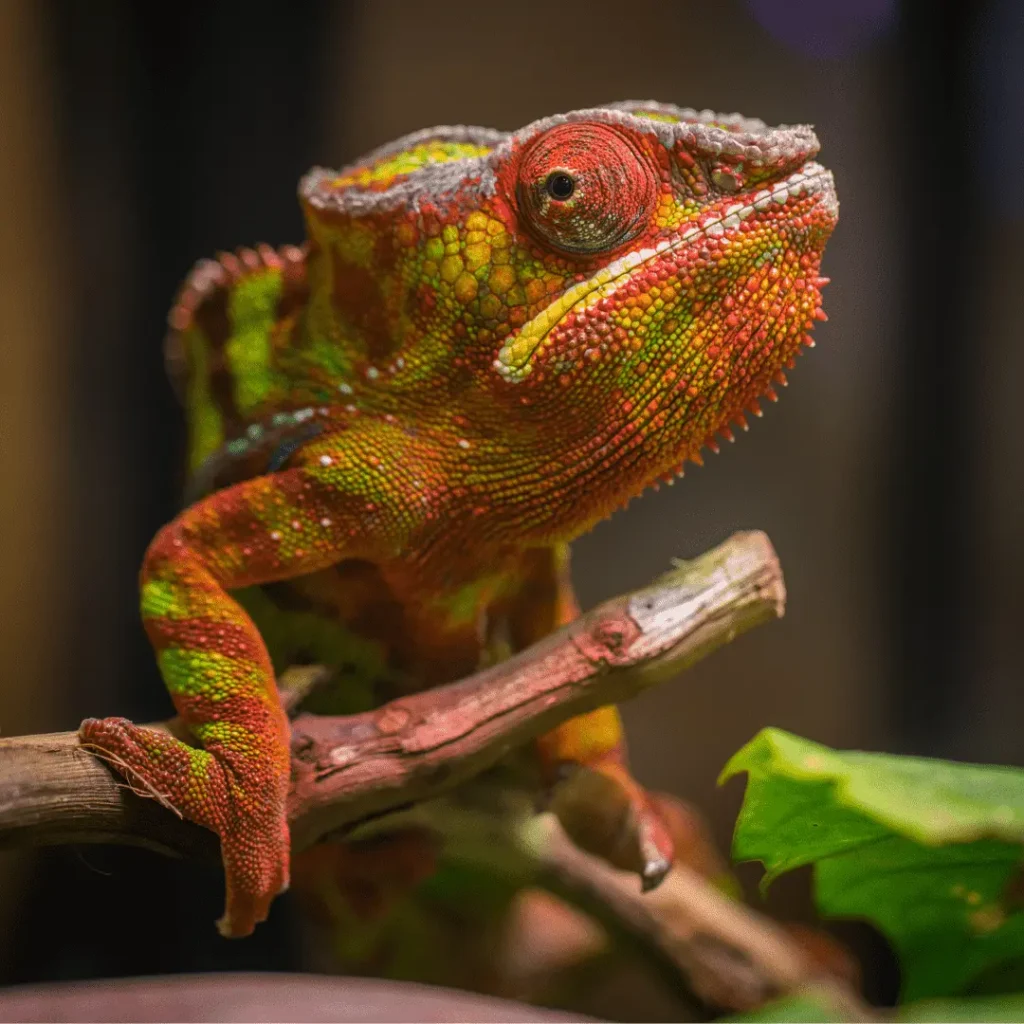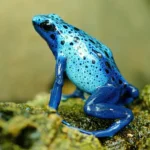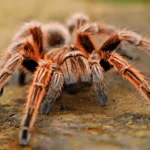Reptiles are cold-blooded organisms with backbone and belong to the class of reptilia. They respire through the lungs. They reproduce by laying eggs but some give birth to their young ones. Their body is dry and have scaly skin. The majority of the reptiles are carnivorous but some are omnivorous. During their reproduction period, they use a simple nest for laying eggs and after that, they leave the nest for days to months for hatching the eggs. After the eggs hatch young reptile start movement within hours. Feathers or furs are not part of their body so in the cold season they just become inactive and hibernated in the hot season, they maintain their body temperature by moving to the sun or shades of trees or other things. According to the fossil record they existed 315 years ago.
Table of Contents
History:
In the 13th century, the reptile was considered as egg-laying creatures. In the 18th century, reptiles were considered amphibians. The first time the term Reptilia (from the Latin word repere which means ‘to creep’) was formally used by J.N. Laurenti. In the 19th century, it became clear that amphibians and reptiles are two different categories of animals. E.S. Goodrich used the terms Sauropsida which means “lizard faces and Theropsida which means “beast faces”. In the 21st century, Reptiles are defined as organisms that regulate their body temperature through external sources, have a dry and scaly skin, and have four limbs some species have lost their limbs through evolution with the ability to lay leathery shells eggs, although some give birth to their young ones.
Class Reptilia Order:
Four orders in class reptilia are given below:
Crocodylia:
The species of crocodiles, alligators, gharials, and caimans come under the order Crocodylia. They are large and known for their powerful jaws.
Example:
Nile Crocodile, American Alligator, etc.
Rhynchocephalia:
Tuataras comes under the Rhychocephalia(beak head). It has a unique unique skeletal structure. It has a third eye on the top that can sense light.
Example:
Brothers Island Tuatara
Squamata:
The largest in the order of reptiles is Squamata. Lizards, Snakes, and worm lizards come under the order Squamata. It has more than 10,000 species. They have highly flexible jaws that can swallow large prey especially notable in snakes.
Example:
Crocodiles (Crocodile), American Alligator (Alligator), geckos (Lizard), chameleons ( Lizard), etc.
Testudines:
Turtles and tortoises come under the order testudines. They are known for their distinctive shells(bony or cartilaginous). The shell helps them protection from enemies. They have a record of living over 100 years due to slow metabolism. Typically the habitat of the turtle is water while the tortoise is land.
Example:
Freshwater turtles and sea turtles (Turtle), Burmese Star Tortoise (Tortoise)
Sound Production and Hearing:

Sound production and hearing in reptiles vary in different species. An overview of how they produce sounds and how they listen to them is given below:
Lizard and Snakes:
Most species of Lizards and Snakes produce the sound of hissing noises by forcing air through their respiratory system while the remaining species produce sounds by rubbing their scales together or producing a variety of vocalizations like clicks, chirps barks, etc. Their hearing range is limited because they have an inner ear structure that detects vibrations.
Crocodilians:
Crocodiles and alligators produce different sounds like grunts, bellows, and growls. Except for breeding season most of the time they are quiet as compared to other reptiles. In water, they communicate by producing infrasound vibrations. They are sensitive to low-frequency sounds and hear sound from a wide range due to having well-developed ears with external openings.
Turtles and Tortoises:
They are generally quieter like crocodilians and some of their species produce sounds (grunt), especially during mating season. Their hearing sense is also less developed but can detect low-frequency sounds and vibrations through their body and shell. They navigate through their other senses like vision and smell.
Habitats:
There are different habitats for different species of reptiles. Some species like tortoises and snakes live on land mostly in deserts and forests. Turtles and crocodilians live in water or the area near the water. Some species of lizards and snakes can climb trees and have adapted to live there. Except for Antarctica, they are found all over the world.
Feeding:

By considering their food they are categorized into three groups (Herbivorous reptiles, carnivorous reptiles, and Omnivorous reptiles).
Herbivorous reptiles:
They eat plants including leaves, flowers, and fruits. They have digestive systems that digest tough plant material.
Example:
Galapagos Tortoise.
Carnivorous Reptiles:
These reptiles eat other animals (fish, birds, mammals, reptiles). They slowly attack the prey and eat them.
Example:
American Alligator.
Omnivorous Reptiles:
They feed on both plant matter and animals depending upon the environment they are living in.
Examples:
Box Turtle.
Defencing and Biting:
Most of the reptiles are quiet and avoid striking. When the enemy comes close to some species like snakes and lizards they move underground while turtles and crocodiles plunge into water. If they feel danger is so close to them and avoidance is not possible they change their behavior. Snakes can start hissing loudly while some lizards start to flatten their body and turn broadside to the enemy. Some reptiles even camouflage them by changing their color. Some species of snakes bite but do not open their mouth while some bite with open mouths.
Interesting Facts:
- There has been no change found in the species like the tuatara for millions of years.
- Reticulated python is the longest snake in the world while saltwater crocodile is the largest reptile in the world.
- Geckos can regenerate lost tails while for communication and camouflage, chameleons can change color.
- Crocodilians have a four-chambered heart while other reptiles have a three-chambered heart.
- Some species can live more than a century.
- Some species like certain lizards and snakes can reproduce asexually.
- Some species have a third parietal eye on the top of the head for detecting light and movement.
- Some species can detect warm-blooded animals at night by using heat-sensing pits on their faces.
- Some species can hold breath for up to three hours.
- Some species can change their color.
- Some species of turtle can absorb oxygen directly in the water.
- Some species can survive in the temperature of 140 degrees Fahrenheit in the underground.
- Chameleons can look in two different directions simultaneously.
FAQs:
Q. 1 C an we groom reptiles as pets?
Ans. Yes, you can groom reptiles as a pet. You need to understand their basic requirements and provide them with an environment.
Q. 2 How often should I feed my pet reptile?
Ans. It depends on the species and other factors like age, diet, etc. Some species need daily feeding, while others require food only once a week.
Q. 3 Can reptiles recognize their owners?
Ans. Yes, reptiles can recognize their owner but not like mammals. They show signs of recognition over time.
References
- Benton, M.J. (2004) [2000]. Vertebrate Paleontology (3rd ed.). London, UK: Blackwell Science. ISBN 978-0-632-05637-8. ISBN 978-0-632-05614-9.




Pingback: 1. The Secret Lives of Amphibians: Hidden facts for you